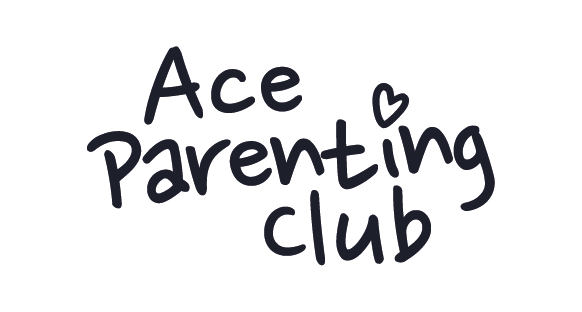Books are more than just bedtime stories. They’re quiet powerhouses of learning.
In today’s world, where we can ask Alexa anything, it’s easy to forget the joy of turning pages. Books allow us to soak in knowledge at our own pace. For young children, they open doors to learning in a gentle, engaging way. Often, they tackle big ideas in ways little minds can understand.
Let’s explore five key areas of early learning that books support beautifully:
1. Maths Through Books
Books are a fun way to bring numbers into everyday life. Counting books, for example, introduce young children to numbers in a simple and visual way.
Take the classic pattern: “one apple, two apples, three apples.” This helps little ones grasp ideas like quantity and order. Importantly, it’s not about drilling them with facts. Every child learns differently and at their own pace.
Instead, seeing numbers appear naturally—especially in stories—makes them feel friendly, not frightening.
Books like Ten Little Ladybirds or 10 Little Pirates turn counting into play. In these stories, learning happens without pressure.
2. Understanding the World
Books help children make sense of the world around them. They introduce science, nature, different cultures, and even ethics. And they don’t need to be labeled “educational” to teach something meaningful.
For instance, The Bog Baby by Jeanne Willis tells a sweet story while introducing ideas like natural habitats. It also gently touches on the impact of taking creatures out of their homes.
Similarly, Rama and Sita: The Story of Diwali can help children learn about religious traditions. It’s a great way to start conversations about diversity and respect.
Even imaginary stories can plant seeds of real-world understanding. That’s the magic of books.
3. Personal, Social and Emotional Development
Many stories explore emotions, friendships, and tricky first experiences.
Books like Goodbye Mog by Judith Kerr offer a gentle way to talk about loss. Meanwhile, The Huge Bag of Worries helps children understand anxiety with simple words and pictures.
Through stories, children can also learn big life lessons. They hear about consent (“stop means stop”), kindness, and listening to others. These lessons are easier to absorb when wrapped in a story.
4. Physical Development
At first, books might not seem related to physical development. But they definitely play a role.
For young children, turning pages, pointing to pictures, or using activity books helps develop fine motor skills. These small movements build strength in hands and fingers.
Books can also help with self-care. For example, No More Nappies from the Big Steps series supports toilet training. It helps make a big milestone feel relaxed and positive.
Some books even get kids moving. Those that include songs, actions, or stretches encourage children to be active while they read.
5. Communication and Language
Language development starts from birth—and books are one of the best tools for it.
Whether it’s a sing-song board book or a detailed story, reading introduces children to new words and ideas. This builds vocabulary and teaches ways to express emotions and thoughts.
In multilingual households, bilingual books are especially helpful. They support both languages in a natural and enjoyable way.
As children hear and use more words, they become more confident speakers. That often leads to fewer frustrations, especially when they’re trying to express big feelings.
Our Final Thoughts
Books aren’t just for winding down. They’re tools for learning, conversation starters, and little windows into the world.
What’s more, you might open a book to help your child with counting—but they could also learn about kindness, nature, or friendship along the way.
Whether you’re snuggled on the sofa or flipping through a pop-up book at the kitchen table, every story is a chance to connect, learn, and grow.






















